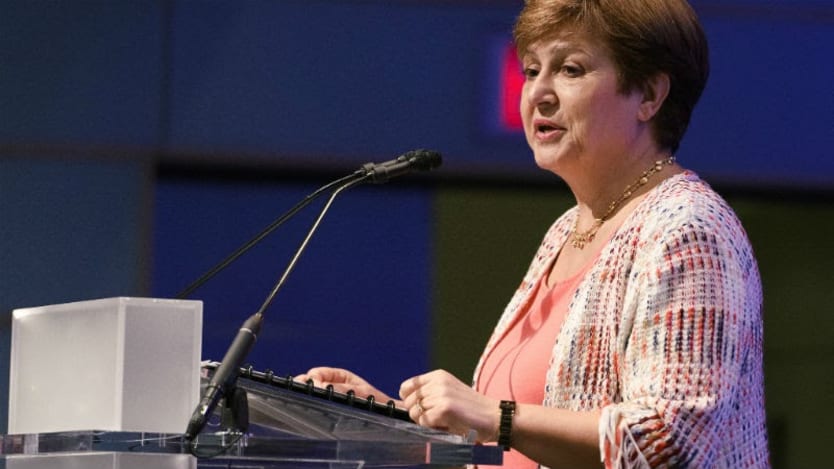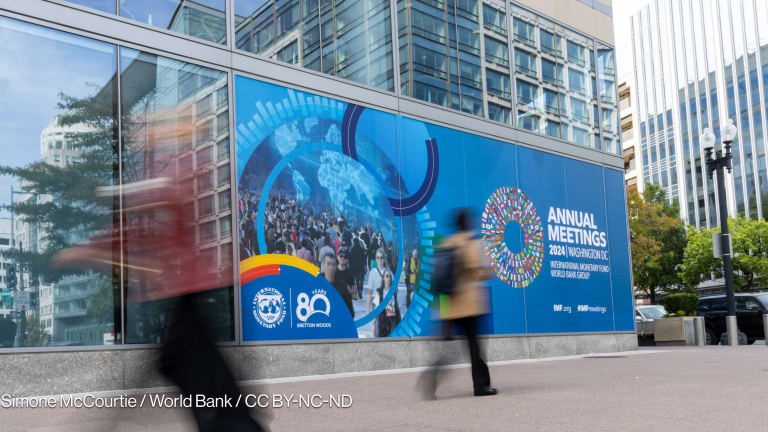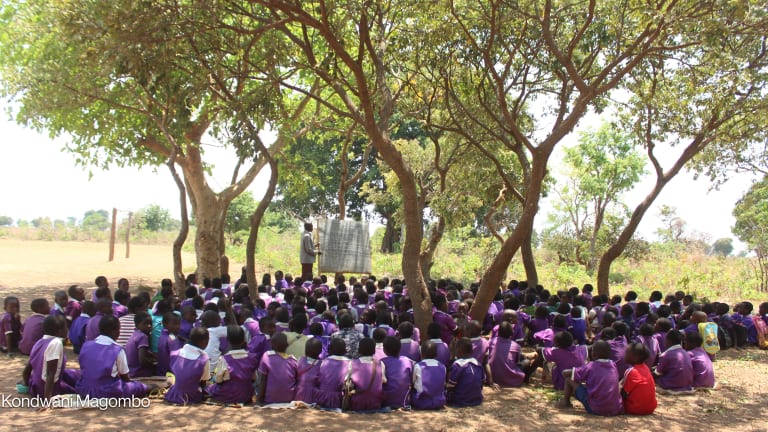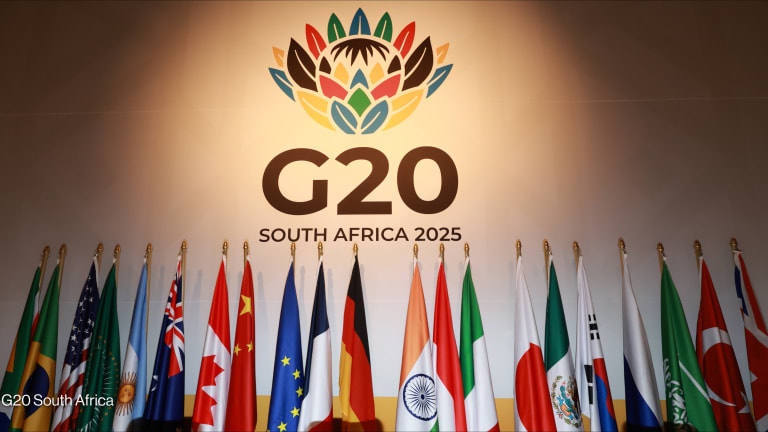
The International Monetary Fund has approved an allocation of $650 billion in Special Drawing Rights, the largest such disbursement in the history of the institution and one designed to help countries cope with the COVID-19 pandemic.
IMF Managing Director Kristalina Georgieva said the move by the board of governors Monday is a “shot in the arm for the global economy at a time of unprecedented crisis.”
The SDRs are allocated based on member countries’ share quotas. This means much of the reserve assets will be going to wealthier nations.
IMF said about $275 billion will reach the broad category of “emerging markets and developing countries.” But the lowest-income nations will receive the least, with African countries, for example, expected to get just 6.4% of the total allocation.
Georgieva said she was “working closely” with members on proposals for the world’s wealthiest countries to channel SDRs to the nations most in need.
Last week, IMF Chief Economist Gita Gopinath warned of a growing divergence between advanced economies and lower-income nations, in part because of the vast differences in vaccine rollouts and also as fiscal support has waned in countries lacking more firepower.
Sign up for Devex Invested
The weekly newsletter on how business, social enterprise, and development finance leaders are tackling global challenges.
What’s next: The allocation of the SDRs is expected by the end of the month. The big question remaining is the amount that rich nations will redirect. Some, including the United States and France, have floated reallocating $100 billion, which IMF has backed.
What’s needed: Oxfam said the $100 billion should be seen as the bare minimum and added that SDRs are not enough, calling for debt cancellation and ramped-up aid.
Liam Byrne, who chairs the global Parliamentary Network on the World Bank & International Monetary Fund, cautioned that rich nations should not consider any SDR movements under their aid pledges, amid signs that the British government was planning such an effort.







